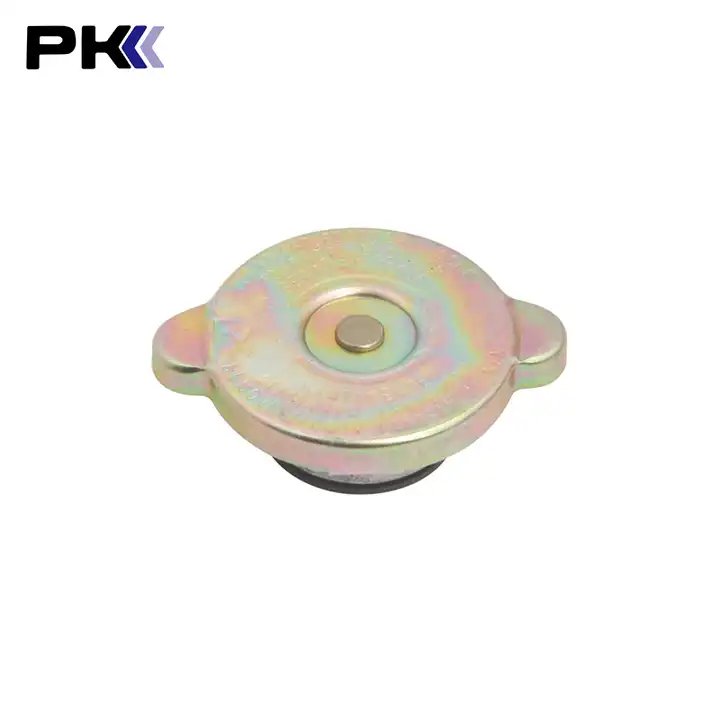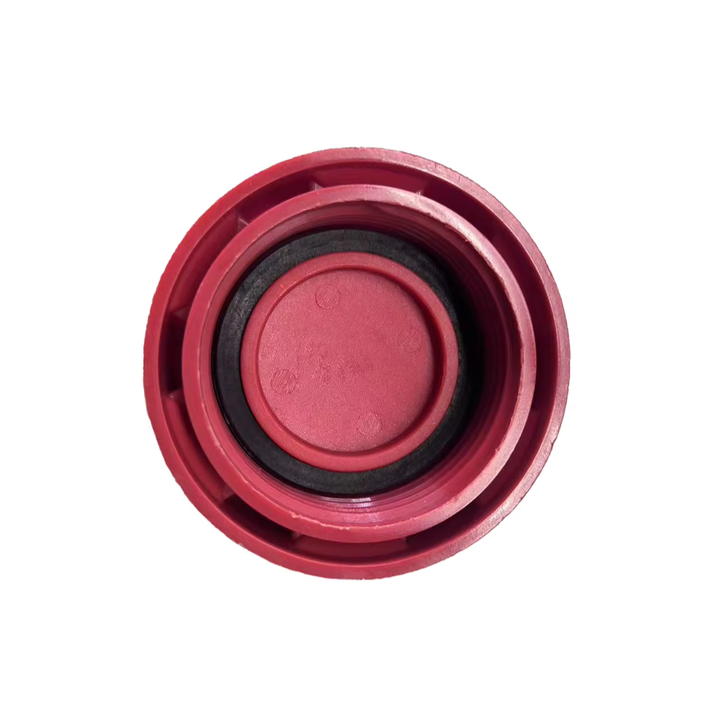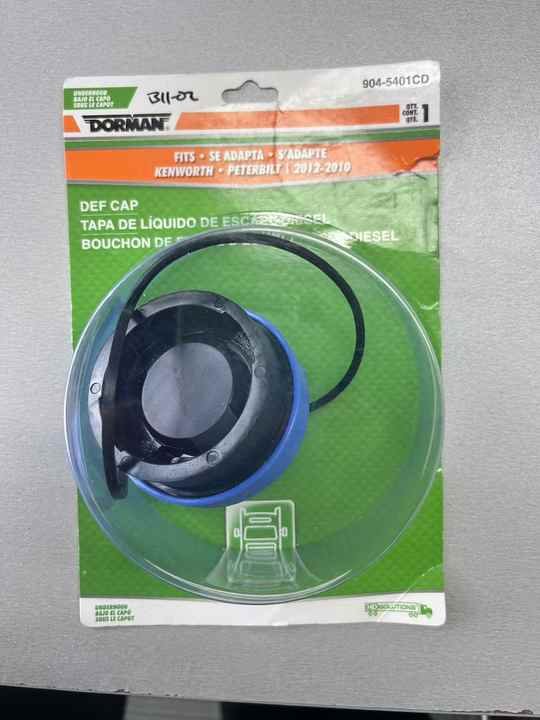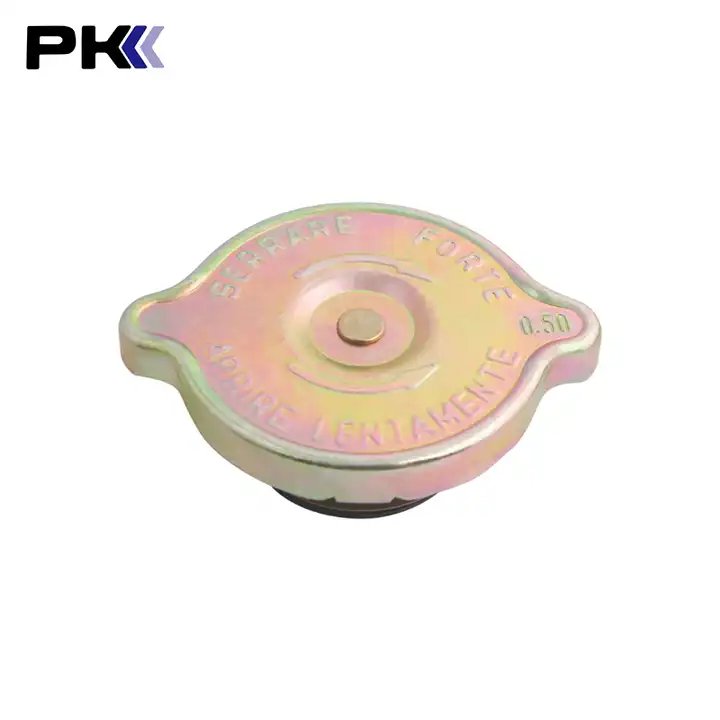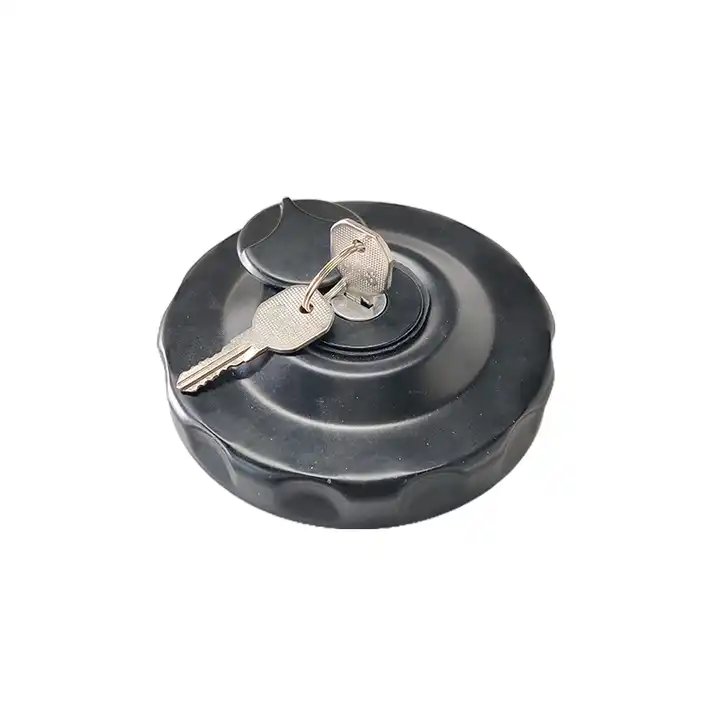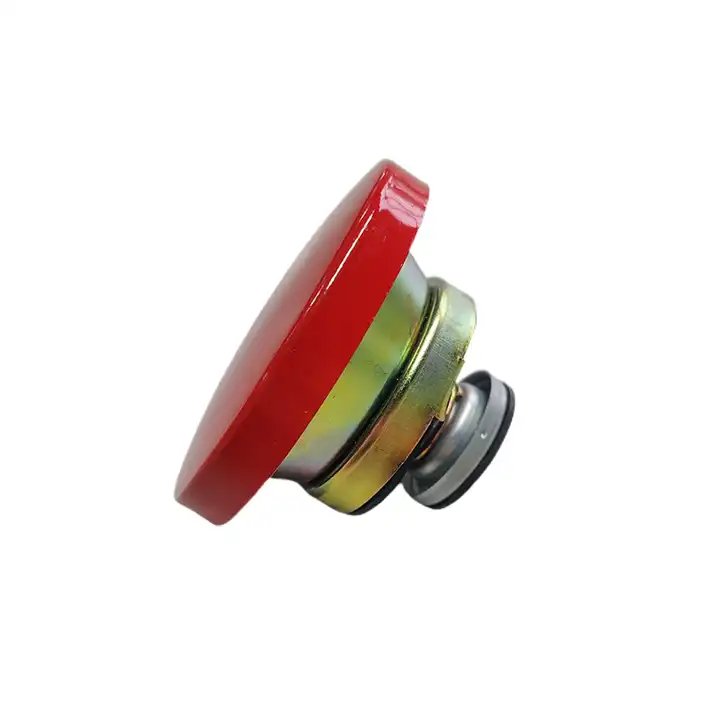Ensure Peak Performance: Why PK Brand Radiator Caps are Essential for Your Toyota & Nissan
For automotive professionals and knowledgeable vehicle owners who understand the critical nature of vehicle maintenance, especially for reliable makes like Toyota and Nissan, the cooling system is recognized as the heart that keeps these vehicles running smoothly. Within this vital system lies an often-overlooked component: the radiator cap. Despite its small size, the function of the radiator cap is absolutely vital to the health and performance of the engine. PK brand stands as a trusted provider of high-quality aftermarket parts, and we are focusing on our superior expansion tank radiator caps specifically designed for Toyota and Nissan vehicles. This post will explain why a quality cap matters and how PK brand delivers the reliability that vehicle owners and mechanics expect.
Beyond a Simple Lid: The Critical Engineering Behind Your Radiator Cap
A modern vehicle’s cooling system operates under pressure, a condition essential for its efficiency. The radiator cap is not merely a seal; it is a precisely engineered pressure valve that maintains this pressure, typically within a range of 12 to 15 pounds per square inch (PSI). This controlled pressure is crucial because it significantly raises the boiling point of the coolant. For every 1 PSI increase in pressure, the boiling point of water rises by approximately 3 degrees Fahrenheit. This elevated boiling point allows the engine to operate at higher temperatures, which is necessary for optimal combustion efficiency, without the coolant turning into steam. Steam is a poor heat transfer medium compared to liquid coolant, and its presence can lead to localized hot spots and reduced cooling effectiveness.
The radiator cap also incorporates a pressure relief valve. When the pressure within the cooling system exceeds the cap’s specified rating, this valve opens. This action allows excess coolant to flow into the expansion or overflow tank. This pressure release is a critical safety feature, preventing hoses, the radiator, and other cooling system components from being damaged or bursting under excessive pressure.
Furthermore, the cap contains a vacuum valve. As the engine cools down after being shut off, the coolant contracts, causing the pressure within the system to drop and potentially create a vacuum. The vacuum valve opens to allow coolant to be drawn back from the overflow tank into the main cooling system. This prevents the radiator hoses from collapsing due to the negative pressure and ensures that the system remains completely filled with coolant, ready for the next engine start. For vehicles equipped with coolant recovery systems, a double-seal cap is necessary to manage this flow correctly. The design of the radiator cap, therefore, involves intricate engineering to manage these dynamic pressure changes and maintain system integrity.
The Domino Effect: Common Cooling System Failures Starting with a Faulty Cap
A seemingly minor component like the radiator cap, when it fails, can initiate a cascade of problems leading to significant and costly damage within the cooling system and engine. The symptoms and consequences of a failing radiator cap are directly linked to its inability to perform its critical functions.
One of the most common signs is coolant leakage. This can occur if the cap’s seal is worn, damaged, or if the pressure regulation mechanism malfunctions, either by failing to hold pressure or getting stuck closed. Leaks may be visible around the cap itself, the overflow tank, or at weaker points in the system like hose connections or gaskets, as the improper pressure forces coolant out. Visible signs like puddles of coolant under the vehicle or white streaks left behind as coolant dries are clear indicators.
Coolant leaks, especially if they lead to low coolant levels, or the introduction of air pockets into the system due to a bad seal preventing proper circulation, can cause the engine to overheat. Additionally, if the cap fails to maintain the correct pressure, the coolant’s boiling point is effectively lowered, making it boil prematurely. Overheating is a severe issue that can lead to extensive and expensive damage, including warping cylinder heads, blowing head gaskets, or even complete engine failure. Ignoring the temperature gauge when it reads high can have catastrophic consequences.
Faulty radiator caps can also lead to problems with radiator hoses. If the pressure relief valve fails to open, excessive pressure can build up, potentially causing hoses to burst. Conversely, if the vacuum valve doesn’t function correctly and fails to draw coolant back from the overflow tank as the system cools, the resulting vacuum can cause hoses to collapse. Both burst and collapsed hoses restrict the flow of coolant, further contributing to overheating.
An overflowing coolant reservoir can occur if the pressure relief valve in the cap opens at a pressure lower than its rating or malfunctions in a way that releases coolant prematurely into the expansion tank. Steam emanating from under the hood is another alarming symptom, often indicating that the coolant is boiling and escaping through a damaged cap or a compromised seal.
These interconnected issues demonstrate how a seemingly small and inexpensive part can be the root cause of major cooling system malfunctions. Many common cooling system problems, such as leaks and overheating, might be misdiagnosed if the radiator cap isn’t checked first. Since coolant leaks can manifest at various points in the system, and overheating has multiple potential causes, inspecting the cap—a simple diagnostic step—is crucial before pursuing more complex or costly repairs. For automotive workshops, understanding this cause-and-effect relationship is key to providing reliable repairs and preventing customer callbacks. Replacing a faulty cap early is inexpensive insurance against potentially massive repair bills and vehicle downtime.
The PK Advantage: Engineered for Toyota & Nissan Excellence
PK brand offers radiator caps specifically engineered to address the critical needs of Toyota and Nissan cooling systems, providing a clear advantage in performance and reliability. Our commitment to quality begins with the selection of materials and manufacturing processes. High-quality radiator caps are constructed from durable materials like corrosion-resistant metal (often stainless steel) or robust, high-temperature resistant plastic, particularly for the vital seals, which are often made from silicone or durable rubber compounds. PK’s caps are built to withstand the harsh environment under the hood, including extreme temperatures, constant pressure cycles, and exposure to coolant and other chemicals.
This focus on quality materials translates directly into superior durability and longevity, reducing the need for frequent replacements compared to lesser-quality alternatives. A key aspect of a reliable radiator cap is its ability to maintain a secure, leak-proof seal. This seal is essential for holding the necessary pressure and preventing air from entering the system, which can lead to air pockets and reduced cooling efficiency. PK brand utilizes advanced sealing technology to ensure our caps provide a tight and reliable seal, even under the demanding conditions of a working cooling system.
The quality of a radiator cap isn’t solely determined by its external appearance; the integrity and functionality of the internal components, particularly the springs and seals, are paramount. Failures often originate from worn springs or deteriorated rubber seals. PK’s emphasis on high-quality materials and advanced sealing technology demonstrates attention to these critical internal parts, addressing the root causes of common cap failures. Investing in a high-quality aftermarket cap like those from PK is a cost-effective preventative measure. Given the potentially exorbitant costs of repairing cooling system and engine damage caused by a faulty cap, replacing this relatively inexpensive component with a durable, reliable one before it fails represents a small investment that can prevent massive expenses down the line. This makes PK caps a strong value proposition for both cost-conscious B2B buyers and vehicle owners seeking peace of mind.
Precision Fitment: Engineered for OEM Standards (Including 16401-63010 & 16401-71010)
Using a radiator cap with the correct pressure rating and a precise physical fitment is absolutely critical for the proper function and longevity of the cooling system. An incorrect cap can lead to performance issues, leaks, or even damage to other components. PK brand understands this necessity and manufactures radiator caps designed to meet or exceed Original Equipment Manufacturer (OEM) specifications for a precise fit and accurate pressure control across a wide range of applications.
Specifically, PK offers high-quality expansion tank radiator caps that are direct replacements for OEM part numbers 16401-63010 and 16401-71010. These caps are engineered to provide the exact fit and pressure rating originally specified by the vehicle manufacturer, ensuring seamless integration and optimal system performance.
While Toyota OEM sources primarily list specific Toyota and Lexus models for these part numbers, aftermarket compatibility listings indicate a broader application, including various Nissan vehicles. This suggests that the design of these caps is utilized across multiple makes and models in the aftermarket, confirming a market for these specific OEM replacements among both Toyota and Nissan owners and workshops.
The following table provides a general overview of compatible vehicles for these OEM numbers, based on available data:
| OEM Part Number | Make | Compatible Models (Examples) |
| 16401-63010 | Toyota | 4Runner (1984-1995), Camry (1983-1991), Celica (1982-1989), Corolla (1982-1993), Pickup (1984-1995), T100 (1993-1998), MR2 (1985-1995), Cressida (1985-1992), Supra (1986-1992), Starlet (1982-1984) |
| Nissan | Various models (Aftermarket compatibility widely listed) | |
| 16401-71010 | Toyota | Corolla (1984), Land Cruiser (1985-1997) |
| Lexus | LX450 (1996-1998) | |
| Nissan | Various models (Aftermarket compatibility widely listed) |
For B2B buyers, stocking parts that fit correctly the first time and perform reliably is essential for customer satisfaction and minimizing returns or complaints. Precise fitment and adhering to OEM pressure ratings are non-negotiable requirements for success in the aftermarket. PK’s focus on meeting or exceeding these standards for these specific OEM numbers directly addresses this critical need for precision and reliability, making our caps a trustworthy choice for servicing a wide range of Toyota and Nissan vehicles.
Invest in PK Quality, Drive with Confidence
Choosing PK brand radiator caps for your Toyota and Nissan vehicles means investing in the health and performance of the cooling system. By utilizing high-quality materials and precision engineering, PK caps effectively prevent the common issues associated with faulty caps, such as coolant leaks, engine overheating, and hose damage. This preventative approach saves customers from the significant costs and inconvenience of major repairs and vehicle downtime.
The result of installing a reliable, precisely engineered PK cap is the assurance of optimal engine performance and longevity. Vehicle owners and mechanics can drive and work with confidence, knowing that a critical component is performing its vital function reliably, providing peace of mind on every journey. PK brand is a partner in maintaining vehicle health and ensuring customer satisfaction by providing aftermarket parts that meet the highest standards of quality and reliability.
Ready to upgrade to the trusted quality of PK brand radiator caps for your Toyota and Nissan inventory or repair needs?

